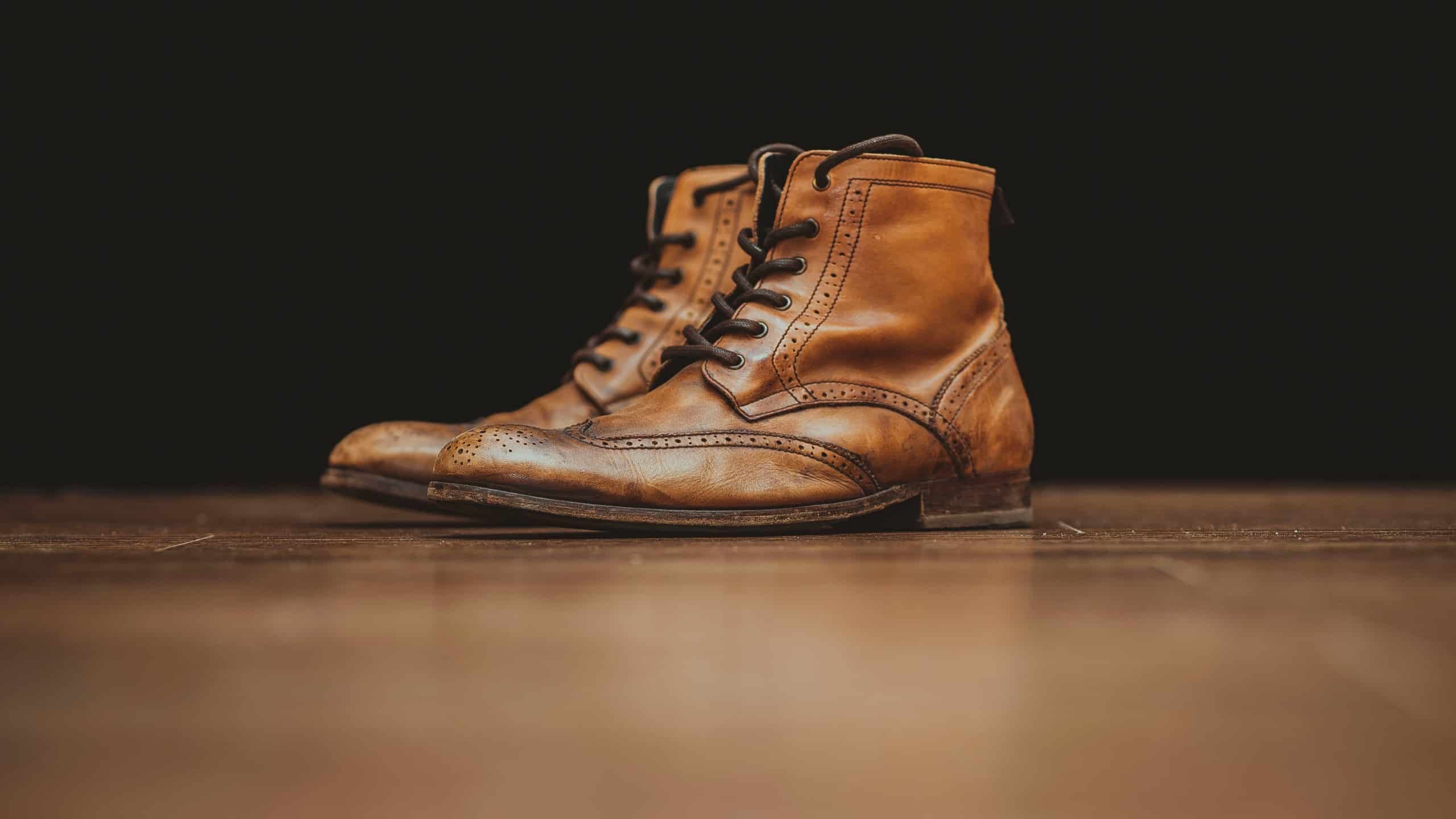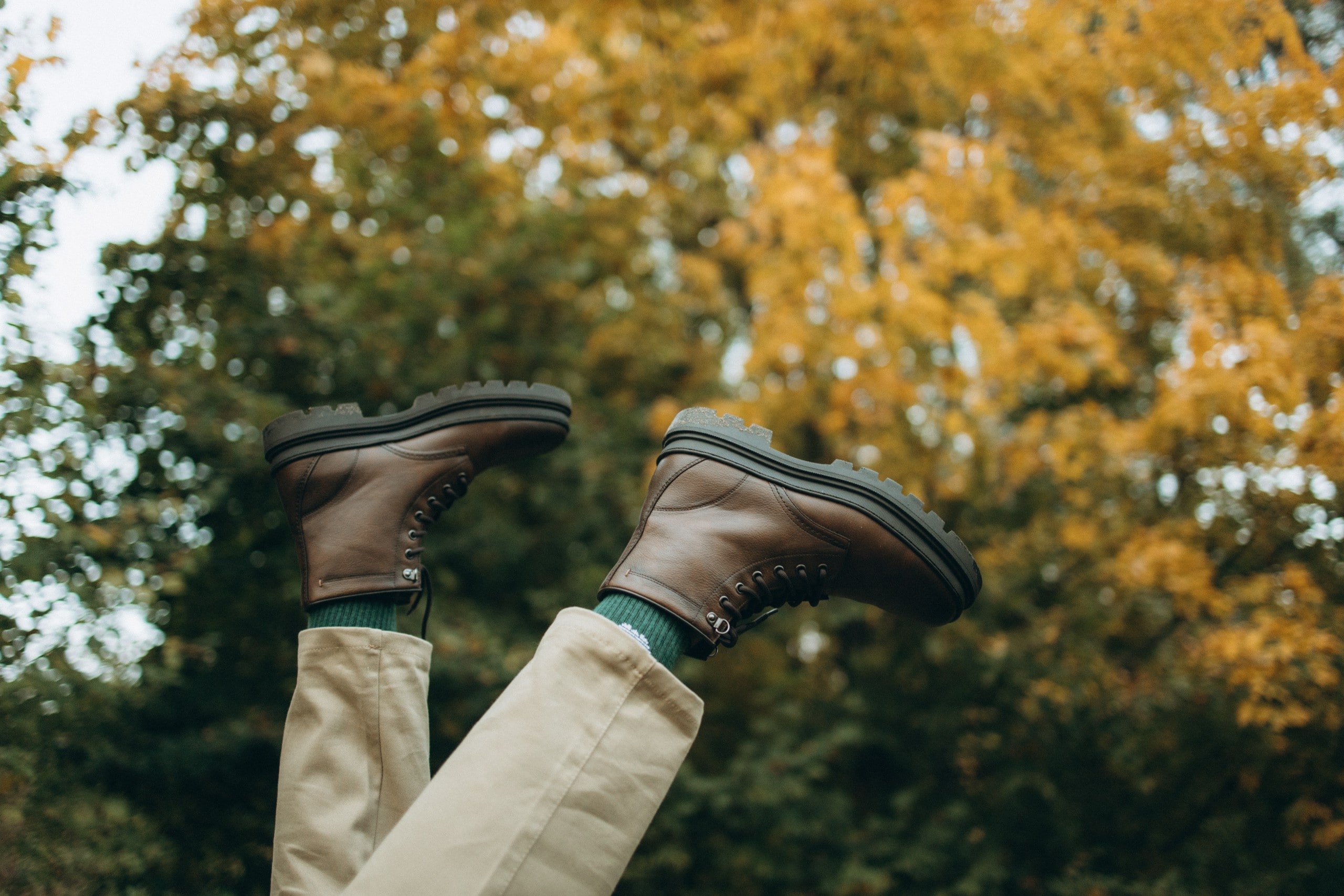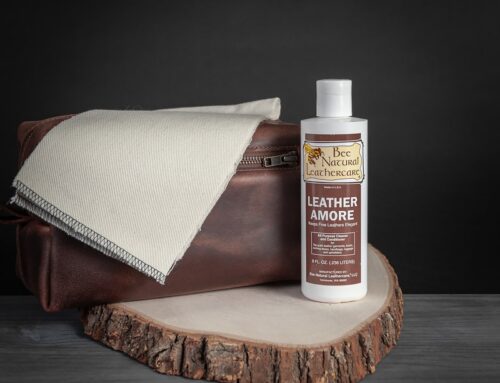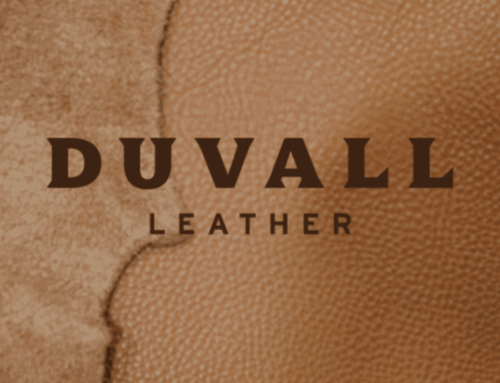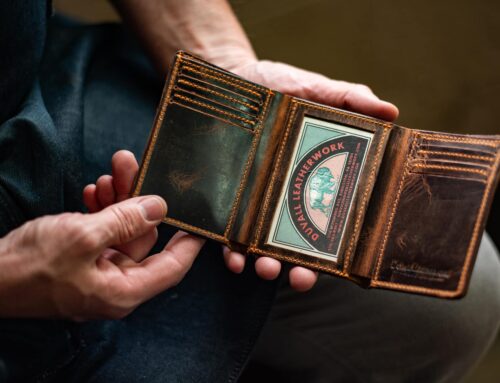How Long Can You Expect Leather Boots to Last?
Leather boots are made up of several components, including their inner lining, the amount of insulation provided, and whether or not they contain a steel toe cap. When determining their longevity, all of these factors should be considered.
What is the average lifespan of a pair of leather boots? It depends on how cautious you are with them, how much you walk, and many other factors. In a nutshell, the average life expectancy of boots is a couple of years. Of course, this is a rough estimate depending on the boot style.
If you only stroll on the sidewalk or use them to get to your workday in and day out, the expectancy is that your boots will last longer than two years. That cannot be said if you mainly use your boots to walk through rough terrain every day, even though their life expectancy could be longer if you use steel-toed leather boots instead of regular ones.
One of the most crucial things to understand is that they will ultimately break down. Yet, they will live longer if they are well-maintained and cared for. Let’s review everything you need to know about leather boots, how long they last, and how you take proper care of your boots to last as long as possible.
How Are Boots Made?
Leather boots are made from tanned, dyed, and treated leather. The leather is cut into pieces and sewn together to form the upper boot. The sole is attached to the bottom of the boot, and a heel is added to protect the ankle bone. The shoelaces are threaded through holes in the upper.
Leather boots can be made in various styles for both men and women, including ankle boots, knee-high boots, riding boots, or cowboy boots. Depending on the type, they may feature decorative stitching or embellishments such as metal buckles or fringes along the top edge of the shaft or around the ankle area.
In addition to being fashionable and comfortable, leather boots also protect against moisture, dirt, and other elements while walking outdoors. However, like everything else, leather boots do not last forever, so let’s see all the factors affecting their lifespan.
How Do You Clean And Maintain Them?
Cleaning the leather regularly is a necessary task you need to do if you want your leather goods to look their best for the longest possible time. After all, leather is a durable fabric that can last for many years and retain its looks, but it requires proper care and maintenance.
Although leather boots are composed of durable materials, they can still be harmed by microscopic dirt particles, weather conditions, water, and tension. This is why it’s critical to clean the soles of your boots after each wear. To clean the soles of your work boots, use soap and water or rubbing alcohol. If you’re going to wash them with soap and water, make sure they’re totally dry before putting them back on.
Saddle soap is one of the most common leather cleaning solutions because it’s affordable and easy to find. However, you might wonder what saddle soap is or how to clean leather with saddle soap. Saddle soap can be used on leather, from jackets and shoes to furniture and bags.
Saddle soap is a cleaning product used to restore the color and luster of leather goods. It contains natural ingredients like lanolin, which conditions the leather by adding oils that protect it from fading or cracking over time. The other ingredients improve its cleaning properties so it can remove stains and dirt from your shoes or purse without damaging them.
How Does Their Overall Quality Affect Their Lifespan?
What factors influence the longevity of leather boots? The construction of the boots you buy will determine their strength and durability. The better ones are usually built of higher-quality leather worth investing in because they will endure longer than cheaper models. Before you buy, always take a good look at the general construction of the boot to make sure you’re receiving a good pair of long-lasting leather boots for your money.
How The Factor of Insulation Affects Them?
Leather boots with a thick insulating liner are more durable than those without. This is especially true if you’re outside in the cold. It’s also crucial to think about how you wear your leather boots and how tough you are with them. They will wear out faster if you walk and stand in them for too long than if you only wear them once or twice a week.
When And How They Are Being Used?
The answer to this question depends on the use of leather boots. If you are using them for hiking because of how they’re made, the chances are that then they will last longer than a year. If your boots are casual and you’re using them for everyday wear, they can last even longer than hiking boots if you take good care of them.
When we talk about the life expectancy of any given item, we are talking about how long it will last under average conditions. Boots are worn every day or every other day will have a shorter lifespan than those worn only once or twice a week. The same goes for needs – rough terrain can damage your boots faster than well-maintained ones, occasionally on smooth surfaces.
Are They Worth Caring For?
Leather boots are worth investing in for their durability and longevity—as long as you take care of them. If you give them the attention they need, they’ll likely hold up better than your beat-up old sneakers or that purse you’ve carried for 20 years. They’re also great for getting you through the winter months when you have to wear heavy socks—with a little TLC. They’ll keep your feet dry and comfortable while still looking classy.
That’s the power of quality leather: it ages well and only gets better with time. It’s like a fine wine—it can be intimidating to care for at first, but once you get over that initial hurdle, it’s a priceless investment that keeps on giving. And while most people don’t think twice about using shoe polish on their sneakers or sandals, they may not know how to care for their expensive leather boots properly. True, it might not seem necessary to take such good care of them if they’re just casual wear. But if you want your shoes to last more than just one season—if you want them to be around for years, you’ll need to take some extra steps to maintain them properly. If you’re willing to put in the time and effort, leather boots are worth every penny.
So how do you care for them? First of all, the most important thing is to take care of any problems right away. If there’s a minor scuff or scratch on them, polish it with a boot conditioner or some wax, and buff it out with a cloth, so it doesn’t leave a mark. Small holes can be patched up with a special kit from the store; just make sure to match the color of your boots. For more significant problems, like deep scuffs or cracks in the leather, take them to an expert to get repaired as soon as possible, so they don’t continue to get worse.
How Do You Store Them?
When you’re not using your boots in the summer days, you may want to store them properly. Storing your boots properly will ensure they stay in good condition and keep their shape for the next season. There are several ways and steps to store leather boots:
Check For Damage
Before putting away your shoes, check for any signs of damage. This could include tears in the stitching or cracks in the leather itself (especially around seams). If there is any damage, fix it immediately so that it doesn’t worsen over time.
Use A Boot Tree
Boot trees help keep the shape of your boots while they are not being worn. They also absorb moisture which helps prevent the leather from cracking or drying out. You can buy these at any shoe repair shop or department store that sells shoes.
Use A Shoe Insert
If your boot doesn’t come with an insert, or if it does, but it’s too small for your foot, try using some foam or felt from inside another pair of shoes that fit better. This will help keep them from drying out and help preserve their shape better than if you just stored them flat on their side or back.
Final Thoughts
As you can see, several factors can affect how long leather boots last. Proper care and maintenance are essential if you want your boots to last for many years. Don’t wait until your boots start falling apart before getting them resoled or reconstructing them. Taking measures to prolong their life right from the start is your best bet, as this will expand their lifespan by months or even years!

